TRAI initiates steps to regulate radio audience measurement & ratings
The Telecom Regulatory Authority of India (TRAI) has initiated a consultation process in order to prescribe a framework for radio rating system in India that is conducive to growth, forward looking, and addresses the concerns of the stakeholders while protecting the interests of the consumers. Industry stakeholders have been invited to send their comments and counter-comments on the issues related to radio audience measurement and ratings in India by April 11, 2016 and April 25, 2016, respectively.
In a consultation paper released on March 15, 2016, TRAI has pointed out that the total advertising revenues of the radio broadcasting sector depend on the advertisement duration and the rates per unit time. The duration as well as the advertisements rates depend upon numbers and demographics of the radio listeners. Accordingly, there is a need for radio audience measurement which can measure the popularity of a channel or a programme for the advertisers and advertising agencies. This will assist them in selecting the right channel or program at the right time to reach the target listeners. Further, it will also aid the radio channels in improving their programs (both quality of the program and content variety) for attracting more listeners.
The task of allocating resources for advertisements by advertisers and advertising agencies has become increasingly challenging with the growth in the number of FM Radio channels and vastly increased variety of programmes available. Advertising expenditures are typically guided by audience measurement in addition to other factors such as cost of reaching various audience segments, advertisement placements and programme schedules.
Advertisement revenues of the radio broadcasting sector are directly linked to listenership of radio channels. In case of newspapers and other print media, audience measurement is based on the number of copies sold. This physical count is however not possible in the case of radio and television sectors, wherein a different form of audience measurement is necessitated. In case of television, subsequent to TRAI’s recommendations on Guidelines for Television Rating Agencies dated September 11, 2013, the Ministry of Information and Broadcasting (MIB) had issued guidelines for Television Rating Agencies and an industry body Broadcasting Audience Research Council (BARC) has been entrusted with the task of conducting TV audience measurement. Similarly for the radio broadcasting sector, Radio Audience Measurement (RAM), which is an indicator of the number of listeners to a radio channels, has become essential.
At present, radio audience measurement in India is conducted by AIR and TAM Media Research. AIR carries out periodical large scale radio audience surveys on various AIR channels. TAM Media Research conducts radio audience measurement on private FM Radio channels through an independent division, which is a joint service between IMRB International and Nielsen Media Research. It uses the paper diary method to measure Radio listenership with a panel size of 480 individuals each in Bangalore, Delhi, Mumbai and Kolkata. Listenership data is provided on a weekly basis.
A few stakeholders, especially the FM radio operators, have voiced concerns about the inadequate coverage and panel size of the radio audience measurement conducted by TAM Media Research. They have expressed reservations about the paper diary methodology used for such measurement. In fact transparency, trust, credibility and acceptability of the radio audience measurement are the key elements for its success.
Better radio audience measurement and ratings would end up promoting a given radio channel, while poor radio ratings will make it relatively less popular amongst advertisers. Incorrect radio ratings may lead to encouraging production of content which may not be really popular while good content and programs may be adversely impacted on account of misplaced ratings. False and misplaced radio ratings, therefore, can thus not only end up affecting broadcasters and advertisers but also adversely impacting the quality of the programmes being produced and aired to the public. Therefore, there is a need to create a regulatory framework which enables accurate measurements that correctly represent the appropriate ratings for radio channels.
Radio Audience Measurement Technologies
The following three Radio audience Measurement technologies are generally adopted:
• Paper Diary Method: In this method a sample set of people amongst the radio listening population is asked to log their daily listening behaviour in a paper diary over the course of a week, indicating (usually in 15 or 30 minute segments) which stations they listen to and at what times.
• Telephone Survey Method: In this method of measuring radio audiences, people are asked to recall what they have listened to on the previous day.
• Portable People Meter (PPM): In this method an inaudible code is embedded into each radio station's audio output. This code is then detected by an electronic meter carried by the panellists whenever they are within earshot of the radio signal. As with all sample-based research, respondents are chosen as representatives of the area at large, and figures are multiplied accordingly to arrive at the audience figures that radio stations release.
Radio Audience Measurement in India: Current Scenario
All India Radio undertook the first Radio Audience Measurement (RAM) in the country in 1946 through its ‘Listeners Research Wing’. Subsequently, Listeners Research Wing was renamed as ‘Audience Research Unit’ with 38 branches across the country. However, AIR usually conducts listenership survey for its own radio channels and for its own consumption.
Radio rating services on a commercial basis was provided by TAM Media Research for the first time in 2007 through its own independent division, which is a joint service of IMRB international and Nielsen Media Research. At present, TAM conducts audience measurement in the cities of Bangalore, Delhi, Mumbai and Kolkata only.
TAM also conducted listenership surveys in nine additional cities – Ahmedabad, Chennai, Hyderabad, Indore, Jaipur, Kanpur, Lucknow, Nagpur and Pune – during May-August 2011 and February-March 2012. These surveys were, however, not continued.
Need for Guidelines/Accreditation for Radio Rating in India
The present system of radio ratings in India appears to have certain deficiencies that have been highlighted by stakeholders at various fora:
• The radio rating system suffers due to inadequate sample size as it is limited to only the four metro cities and, thus, does not cater to the demographic profile of the entire country.
• To ensure that the entire process is made more transparent and credible, it is essential that the methodology and the processes be audited by an independent auditor and the results of such an audit are published for the information of all the stakeholders. No such practice exists today.
• Any system of this nature should have defined mechanism to handle complaints from the stakeholders that may include users of the ratings, consumer organizations and the public at large. There is however, no such published procedure that exists today.
• Such disclosures by rating agencies and well defined practices related to sale and use of ratings also help improve the credibility of the radio rating system. These again are not very prevalent in the present system.
• The radio ratings at present are done by a single agency and it needs to be explored whether more agencies can be brought in to encourage competition in the business. This will also result in enhancing the credibility of such ratings.
• Another important issue is of dominant crossholding between the radio rating agencies and radio broadcasters, advertisers and the advertising agencies. Such dominant cross holding may adversely impact neutrality of such agency that may lead to biased radio ratings.
TRAI is of the view that these issues can be effectively addressed by laying down appropriate guidelines for the radio rating agencies and thereafter putting in place an accreditation mechanism for such agencies.


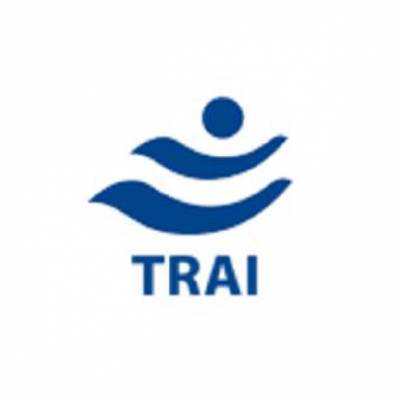

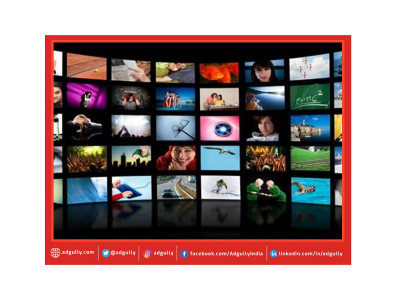
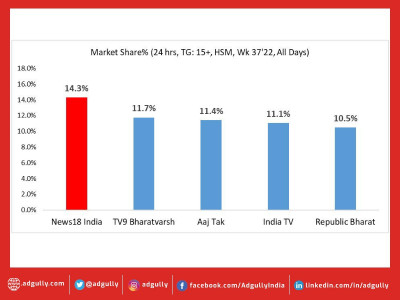
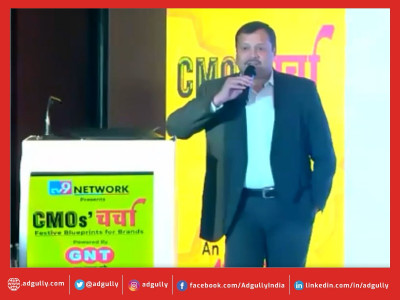
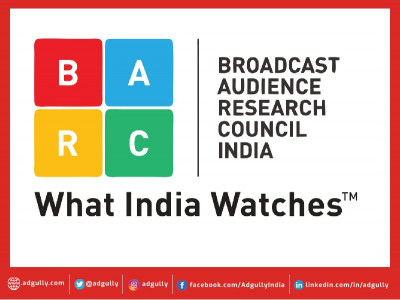

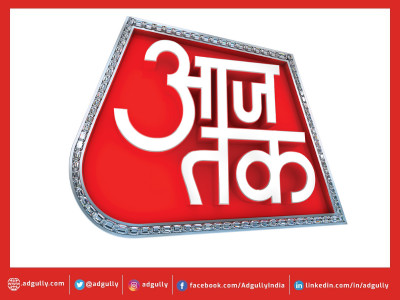
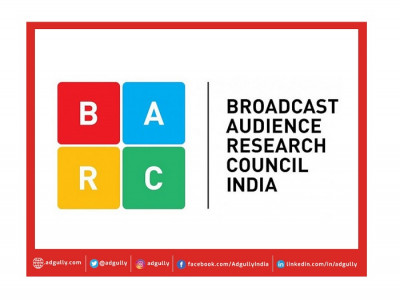
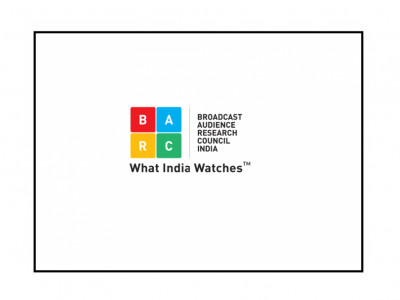


Share
Facebook
YouTube
Tweet
Twitter
LinkedIn